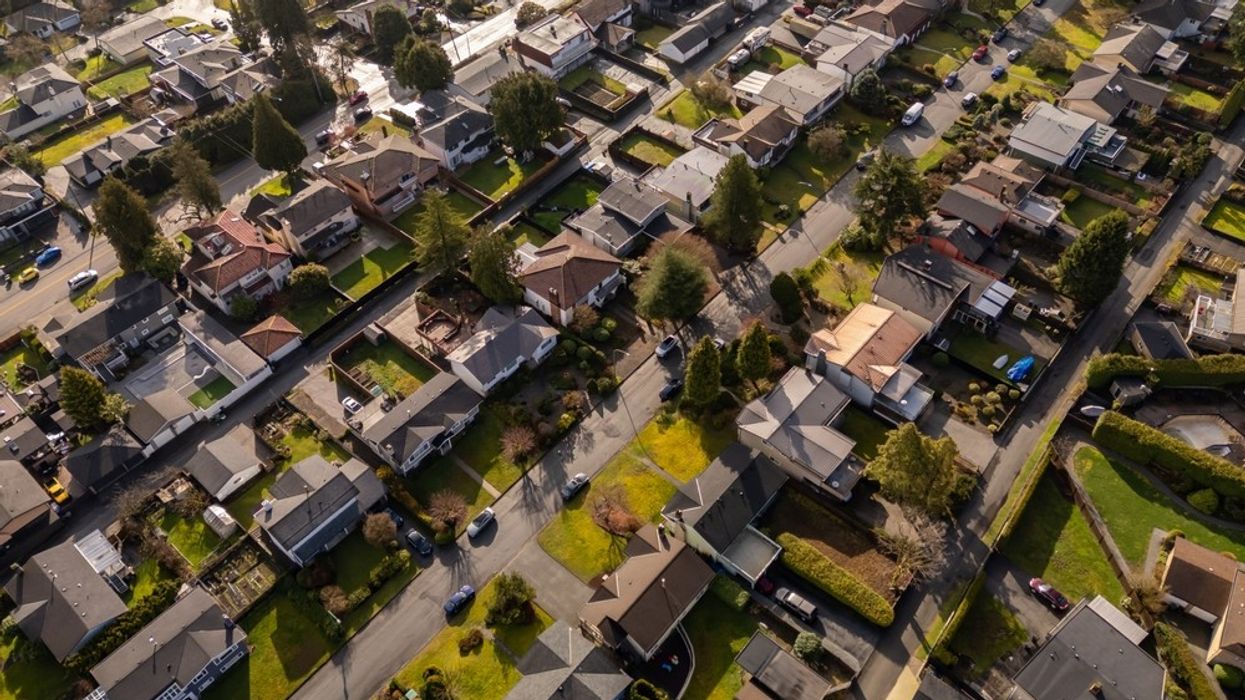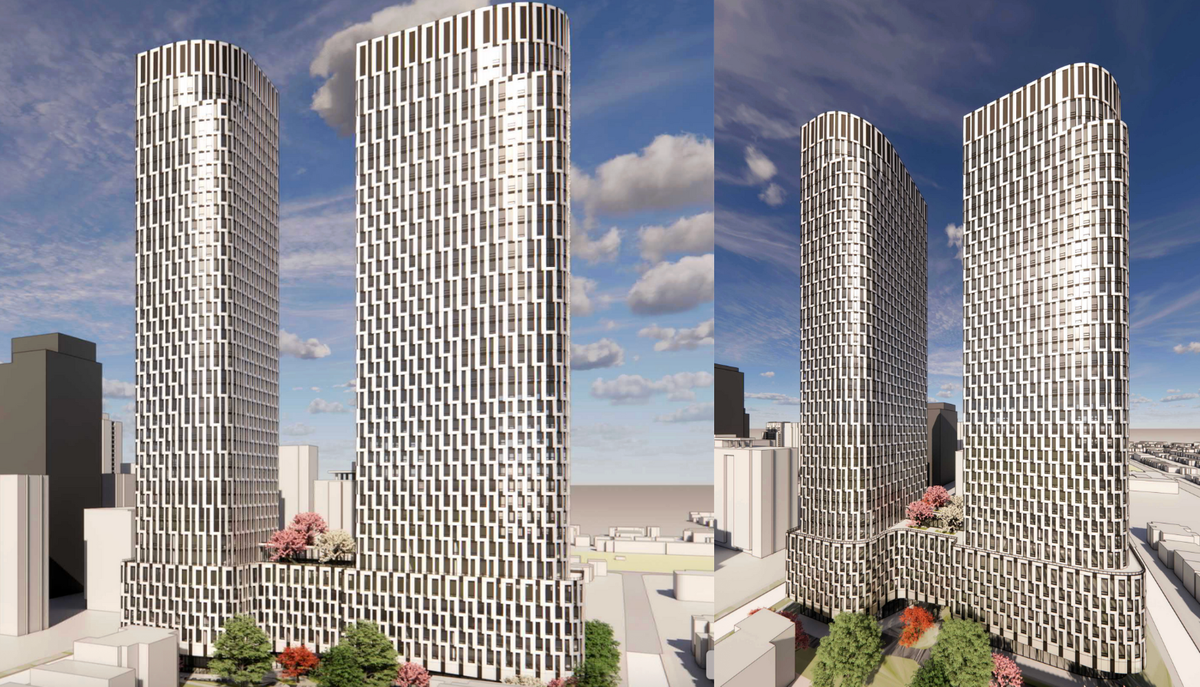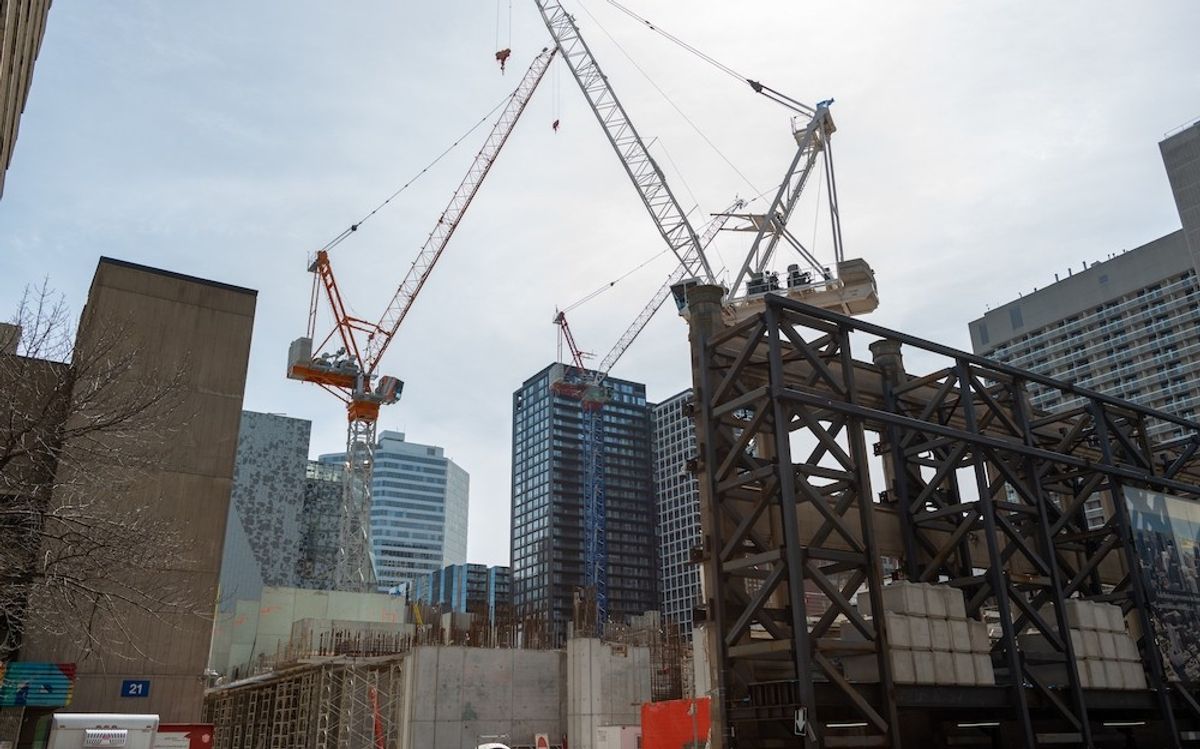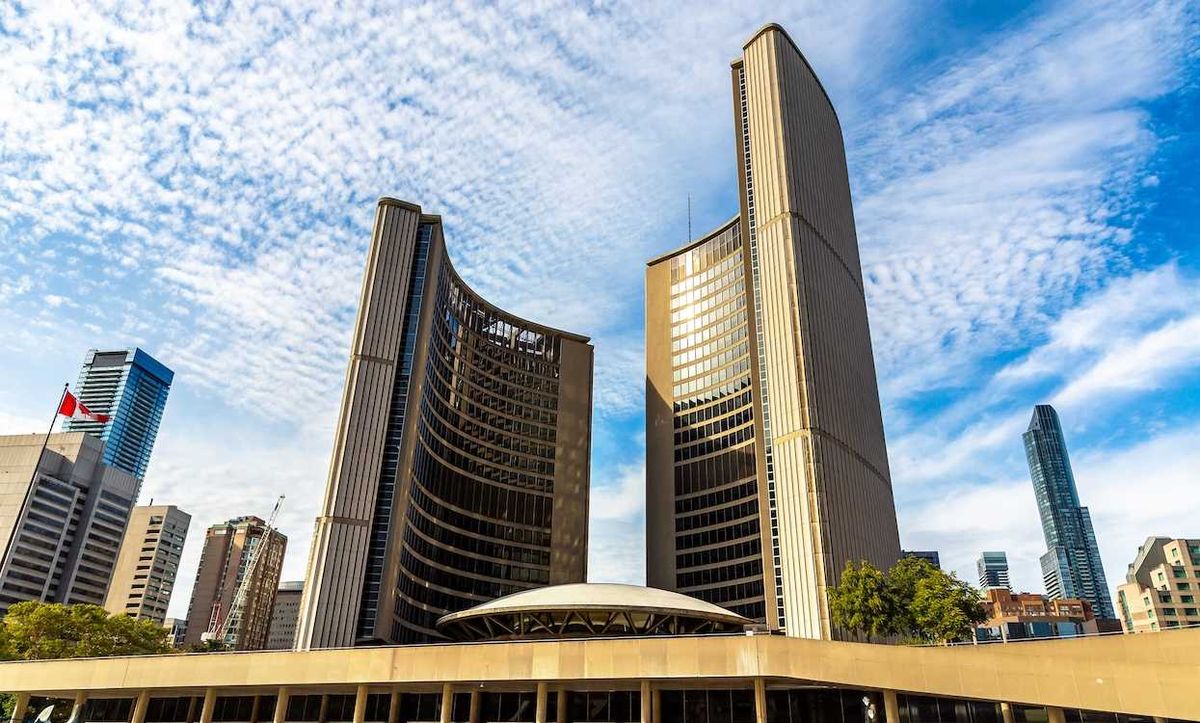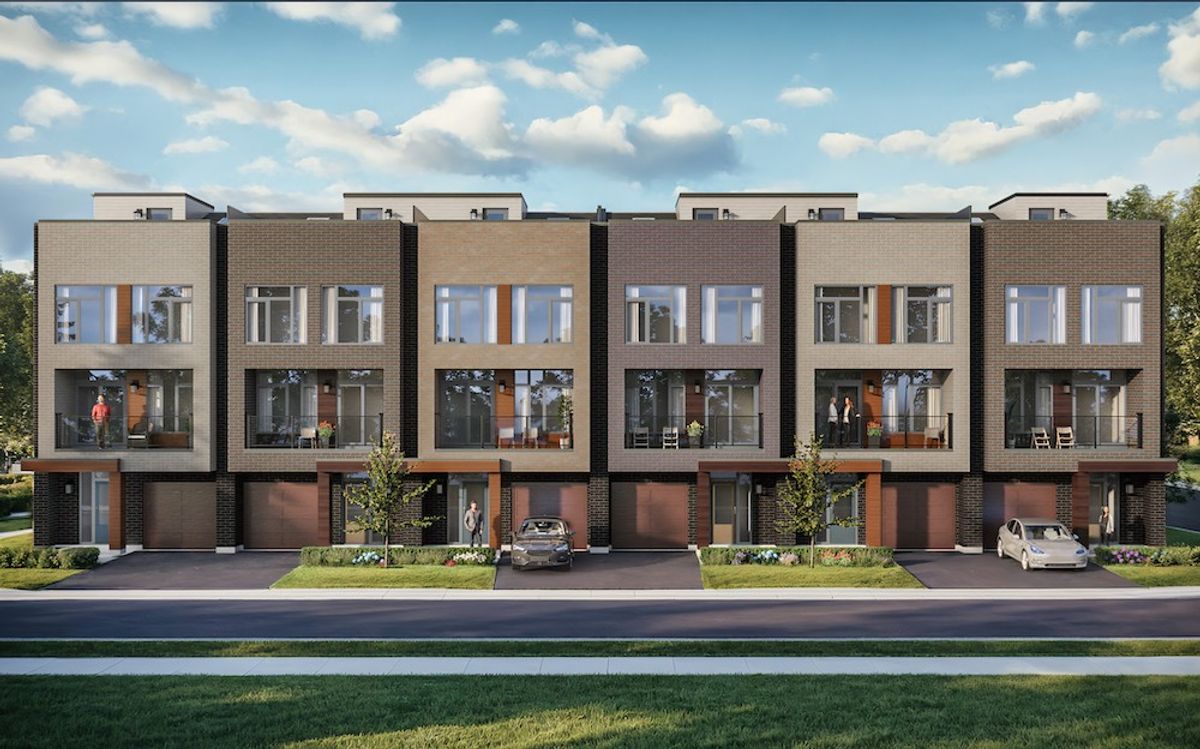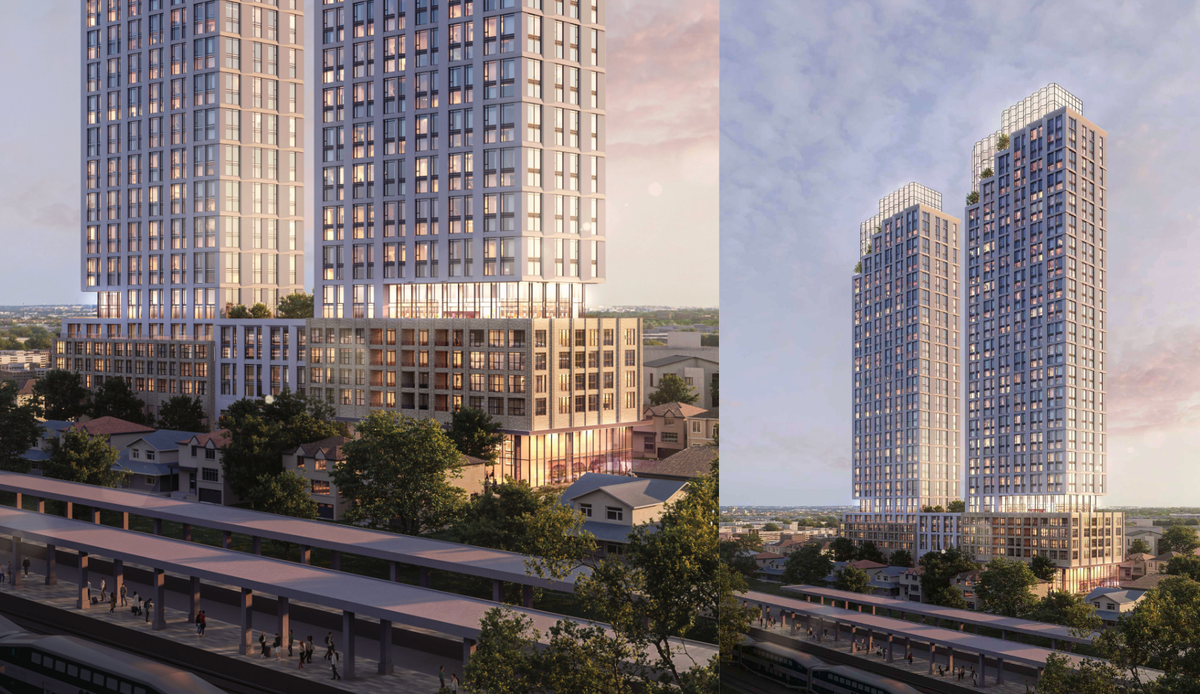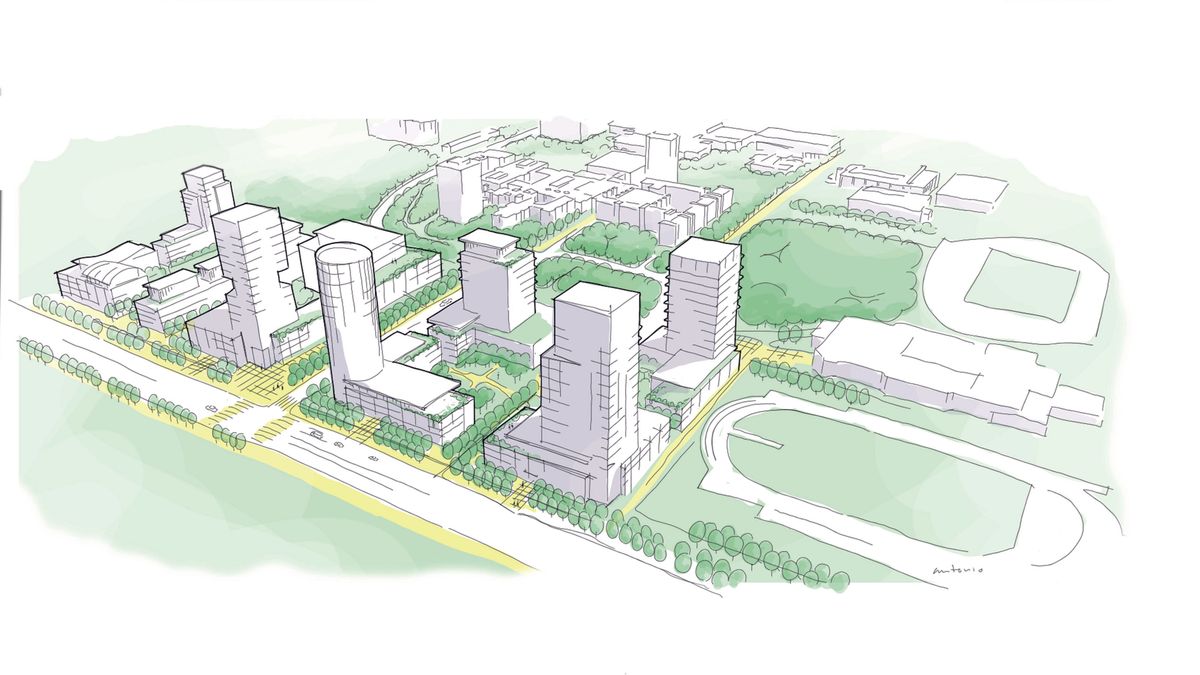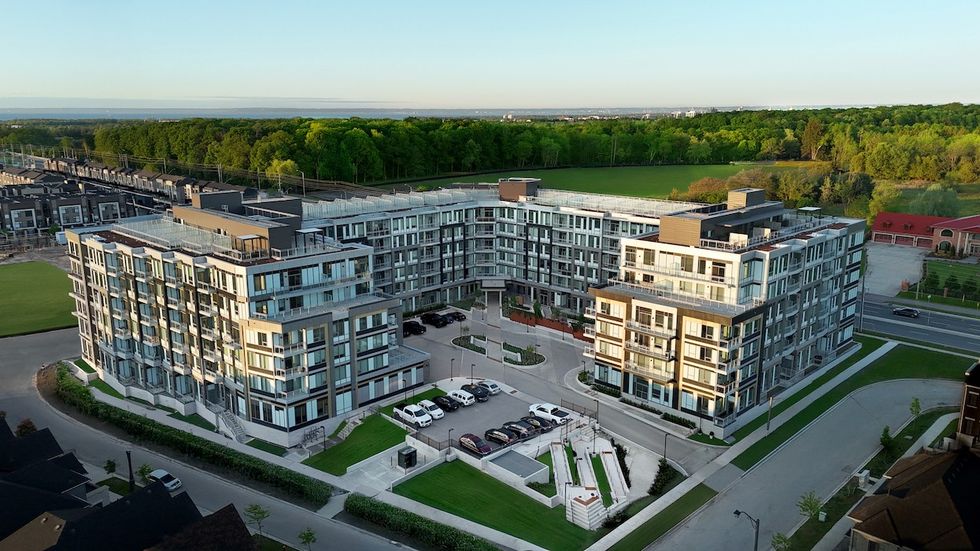Five consecutive quarters of relief. The lightest mortgage burden in three years. Scan the headlines and you might believe Canada’s housing crisis is finally turning a corner.
It isn’t.
What we’re seeing is less of a comeback and more of a comedown, a gentle easing after years of punishing highs. According to the Q1 2025 Housing Affordability Monitor by the National Bank of Canada, the national MPPI, or mortgage payment as a percentage of income, now sits at 55.4 percent, a level not seen since early 2022. On paper, that looks like progress.
But real affordability isn’t captured in data points. It is felt in day-to-day life. And for most Canadians, homeownership remains as distant as ever.
Yes, mortgage rates have edged down. Incomes have nudged higher. But home prices (in the markets considered) continue to climb, both quarter-over-quarter and year-over-year. And in many major cities, the cost of carrying a mortgage still eats up more than half of what the average household brings in. To call this a recovery would be misleading. It is merely a pause in a housing system that remains fundamentally out of reach for many.Toronto’s False Dawn
Nowhere does the gap between perception and reality feel sharper than in Toronto.
The numbers hint at progress. The city’s MPPI fell by 1.6 percentage points in Q1, outpacing the national average. Mortgage rates eased. Yet despite these gains, Toronto remains one of the least affordable housing markets in the country. The typical buyer now faces a mortgage burden of 77.8 percent of their income, far above both the national figure and the city’s own historical norm.
A median home (all dwellings), at present, requires an income of more than $267,000 to qualify. Even in the condo segment, where prices dipped slightly, households still need to earn over $161,000 just to get in.
It remains a market out of reach, not because people aren’t willing to buy, but because even with more listings on the table, the prices still don’t make sense for most.
The Condo Conundrum
In most Canadian cities, the condo market has long been positioned as the affordable entry point, the starter home for young professionals. The Q1 data supports that narrative on the surface: the average MPPI for condos across major markets is 41.4%, significantly below the 61.7% required for non-condos.
But beneath that surface lies a less reassuring story.
In cities like Vancouver, Hamilton and Toronto, even the condo market is burdened with unsustainable premiums. Buyers in these cities pay 30% to 47% more per month to own a condo than to rent an equivalent two-bedroom unit. In Victoria, that premium is nearly 27%. And despite being the “affordable option,” condos in these markets still require downpayments exceeding $45,000, along with qualifying incomes well over $140,000.
If this is the on-ramp to ownership, it’s increasingly steep and sparsely travelled.
Saving for a Downpayment Takes Many Years
While much of the national discourse focuses on monthly mortgage payments, the more intractable barrier is often the downpayment.
In Toronto, it would take over 9.5 years of disciplined saving, at 10% of pre-tax income, to accumulate the minimum required downpayment for a median-priced home. In Vancouver, that wait stretches to 11.5 years. These timelines assume steady income, no financial setbacks, and near-perfect saving habits, assumptions that rarely hold in real life.
In nearly every region, downpayment timelines have grown longer, not shorter. When compared to their own 25-year averages, most markets show a widening gap, a sign that while monthly affordability has improved, the upfront cost of entry continues to drift further out of reach.
Lessons from the Prairies
Contrast this with Edmonton and Winnipeg, where housing affordability appears almost anachronistically reasonable. In Edmonton, the MPPI sits at just 29.8%, a whisper away from its historical average. In Winnipeg, it’s 31.4%.
Downpayment timelines in these markets are measured in months, not decades. Condo buyers in Edmonton need just $14,000 down and can qualify with incomes under $66,000. These cities remain among the last outposts of middle-class affordability in a landscape of hyper-concentrated wealth.
Their stability offers a rare and increasingly attractive alternative for buyers priced out of larger markets.
Why Is Affordability Improving?
The short answer: mortgage rates are falling, and incomes are rising, slightly. Since peaking in late 2023, 5-year mortgage rates have declined by 91 basis points. Median incomes are up around 0.8%, enough to tilt the MPPI down even as home prices rise modestly.
But this balance is fragile. The Bank of Canada’s future moves are uncertain. Wages may stagnate if economic momentum slows down further. And in some cities, especially in Quebec, home prices continue to creep up significantly.
This is a rate relief. And it won’t last forever.
Renting Makes More Sense in Some Cities
One of the more striking dynamics in this report is the widening gap between renting and owning, particularly in urban condo markets.
In a healthy market, homeownership is expected to cost more in the short run but pay off over time through equity building and stability. But in markets like Vancouver, Hamilton and Toronto, the ownership premium has grown so large that it undermines that assumption.
At what point does paying $700–$1,000 more per month than rent cease to be a sound investment, especially in an environment when price growth is modest and carrying costs are elevated? In many cities, the ownership premium has outpaced potential returns, and the math no longer supports the old narrative.
And Canadians seem to know it. Recent consumer sentiment surveys, such as the one by CMHC, show that first-time buyer activity remains sluggish, even as mortgage rates dip and inventory climbs. The fear of being priced out has largely faded. Instead, a cautious, cost-conscious mindset has taken hold. For a growing number of households, renting makes the rational choice.
We’re Not There Yet
The headline figures in this quarter’s report may suggest progress. But affordability is a structural problem, not a momentary trend. And that problem, in most major cities, remains deeply entrenched.
What we’re seeing today is a reprieve. A temporary easing of pressure made possible by falling rates and modest wage gains. But unless housing prices fall materially, or incomes rise dramatically, the system will remain tilted against aspiring homeowners.
Affordability is improving, but not nearly fast enough to matter for the people who need it most.
